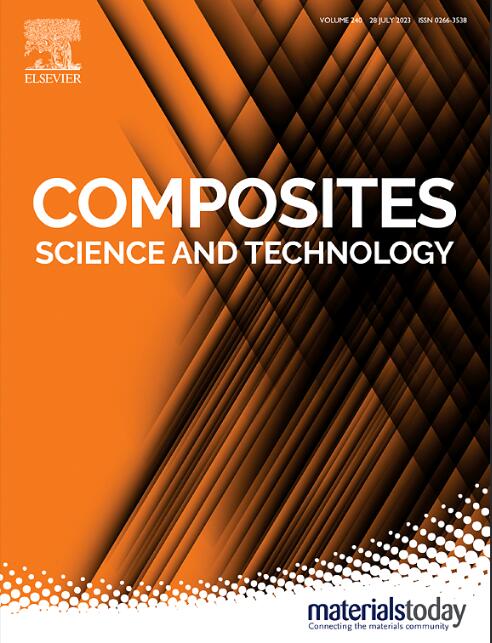Deep learning approach for predicting multi-component stress fields in fiber-reinforced composites under different load paths
IF 8.3
1区 材料科学
Q1 MATERIALS SCIENCE, COMPOSITES
引用次数: 0
Abstract
Fiber-reinforced composites are widely used in various fields due to their excellent performance, and in-depth analysis of their stress fields is crucial for improving material properties and optimizing mechanical structures. However, the traditional analytical and numerical analysis approaches are still limited by fixed input loading and limited fiber volume fractions. To address this challenge, this paper presents a deep learning (DL) framework that enables rapid and accurate prediction of multi-component stress fields for representative volume element (RVE) geometries of fiber composites, considering various fiber volume fractions and different input load paths. The framework is developed based on the 3D TransU-Net framework, which incorporates transformer layer and effectively captures both local and global features of samples. By utilizing randomly distributed RVE geometrical microstructures, the stress fields at diverse fiber volume fractions can be accurately predicted. To adapt different load paths, transfer learning is integrated to fine-tune the weights of pre-training model. Several performance metrics, including relative error (RE) and coefficient of determination (), are selected to validate the accuracy of stress distribution predictions. Additionally, a series of results demonstrated the superiority of transfer learning using the same training and validation datasets, and further tests confirmed the model's robustness when faced with unseen samples with diverse volume fractions.

不同载荷路径下纤维增强复合材料多分量应力场预测的深度学习方法
纤维增强复合材料以其优异的性能被广泛应用于各个领域,深入分析其应力场对于改善材料性能和优化力学结构至关重要。然而,传统的解析和数值分析方法仍然受到固定输入载荷和有限纤维体积分数的限制。为了解决这一挑战,本文提出了一种深度学习(DL)框架,该框架能够快速准确地预测纤维复合材料的代表性体积元(RVE)几何形状的多分量应力场,同时考虑到不同的纤维体积分数和不同的输入载荷路径。该框架是在3D TransU-Net框架的基础上开发的,该框架结合了变压器层,有效地捕获了样本的局部和全局特征。利用随机分布的RVE几何微观结构,可以准确预测不同纤维体积分数下的应力场。为了适应不同的负载路径,采用迁移学习对预训练模型的权值进行微调。选择了包括相对误差(RE)和决定系数(R2)在内的几个性能指标来验证应力分布预测的准确性。此外,使用相同的训练和验证数据集,一系列结果证明了迁移学习的优越性,进一步的测试证实了该模型在面对不同体积分数的未见样本时的鲁棒性。
本文章由计算机程序翻译,如有差异,请以英文原文为准。
求助全文
约1分钟内获得全文
求助全文
来源期刊

Composites Science and Technology
工程技术-材料科学:复合
CiteScore
16.20
自引率
9.90%
发文量
611
审稿时长
33 days
期刊介绍:
Composites Science and Technology publishes refereed original articles on the fundamental and applied science of engineering composites. The focus of this journal is on polymeric matrix composites with reinforcements/fillers ranging from nano- to macro-scale. CSTE encourages manuscripts reporting unique, innovative contributions to the physics, chemistry, materials science and applied mechanics aspects of advanced composites.
Besides traditional fiber reinforced composites, novel composites with significant potential for engineering applications are encouraged.
 求助内容:
求助内容: 应助结果提醒方式:
应助结果提醒方式:


